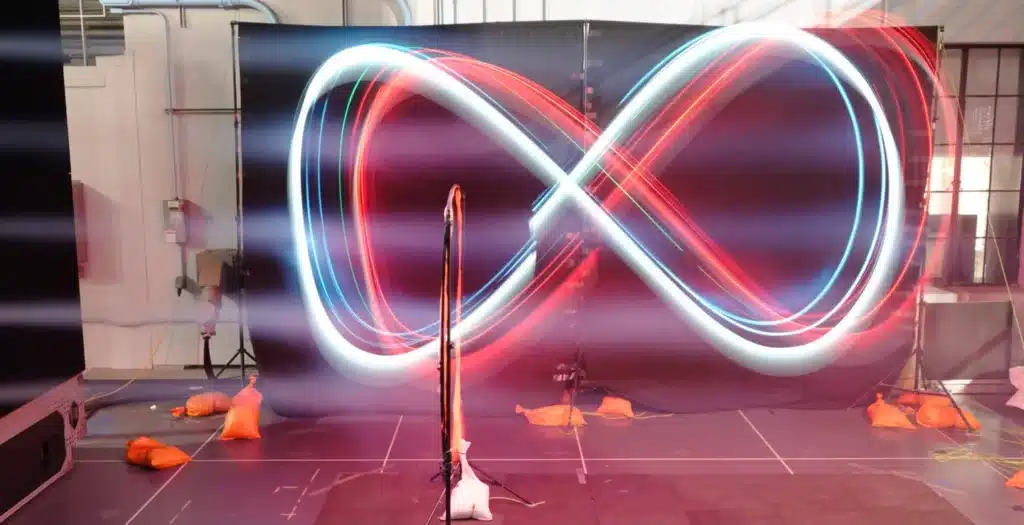Drones, a beautiful invention that is growing in types and uses. Unfortunately they still have a flaw: they are only efficient in good weather. To perform vital functions, drones must be able to change their characteristics in real time, or be resilient to any type of weather.
An answer to the problem has just been developed by a group of engineers at the California Institute of Technology (for friends Caltech). Created Neural-Fly: more than a single device it is a real deep learning technique that allows drones to adapt to new and unexpected wind conditions, and to continue flying even during catastrophic events such as tornadoes.
Tornado resistant drones
According to the study published in Science Robotics (I link it here), this five-kilo drone developed with Neural-Fly is able to recalculate the weather conditions around it five times per second and change course without problems.
The drone was put through its paces at Caltech's Center for Autonomous Systems and Technologies. It won't be as strong as the “wind wall” in Miami, but this facility has a special array of more than 1.200 computer-controlled miniature fans that researchers can use to mimic anything from a mild wind to a gale.

Neural-Fly, great potential
The AI-powered drone can innovate several industries, from medical relief to air travel. Engineers even design an entire autonomous flying ambulance with the same software. The main feature of this neural network is that it can be pre-trained by scientists using a meta-learning technique. The advantage is that it will then be sufficient to update (in the field, live) only some essential parameters to accurately adapt to the real environment.
Drones equipped with Neural-Fly have learned to react to tornadoes with such success that their performance has increased considerably after only 12 minutes of flight, and with a 2,5-4 times lower error rate than the most advanced drones currently. around.
Drones that learn, drones that teach
Another interesting feature: the flight data (and therefore the “learned” things) can be transferred in real time between the various drones. This will allow a “swarm” of aircraft encountering tornadoes to never be surprised by the force of the winds, but it has other possible applications.
Which? For example, the creation and dissemination of a widespread database for autonomous vehicles (or for passenger drones). But we will have the opportunity to talk about it: today at Caltech a new drone is not born, but a new technological era that could completely transform drones.


